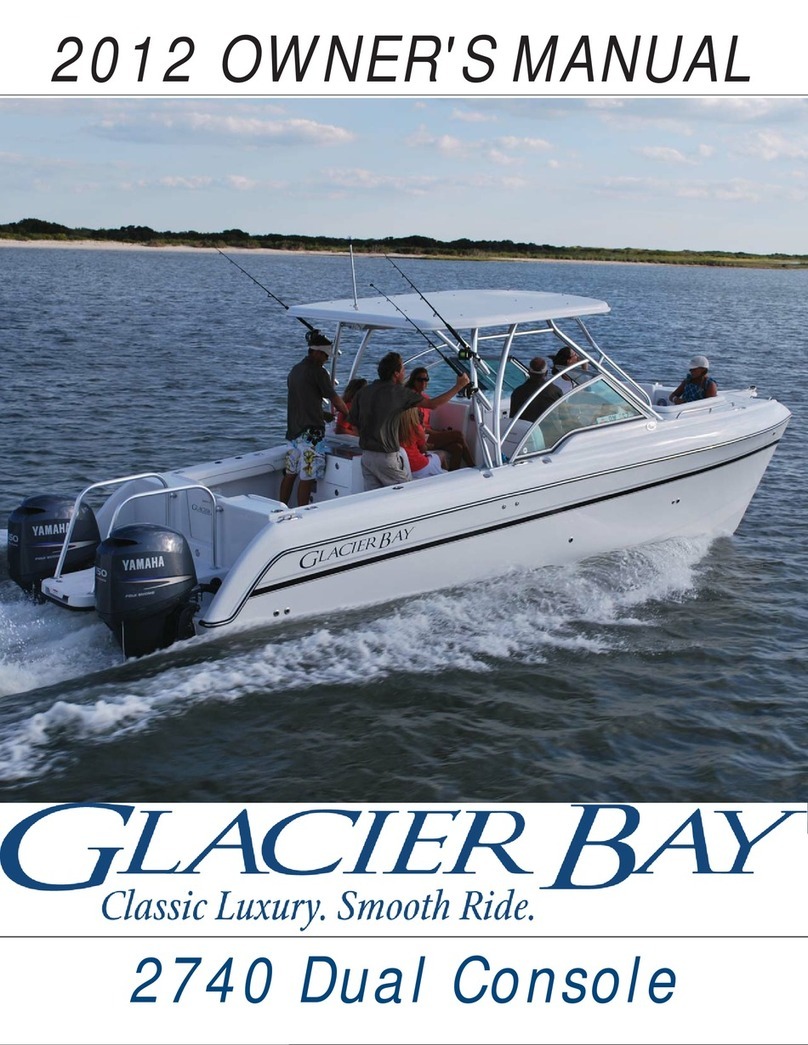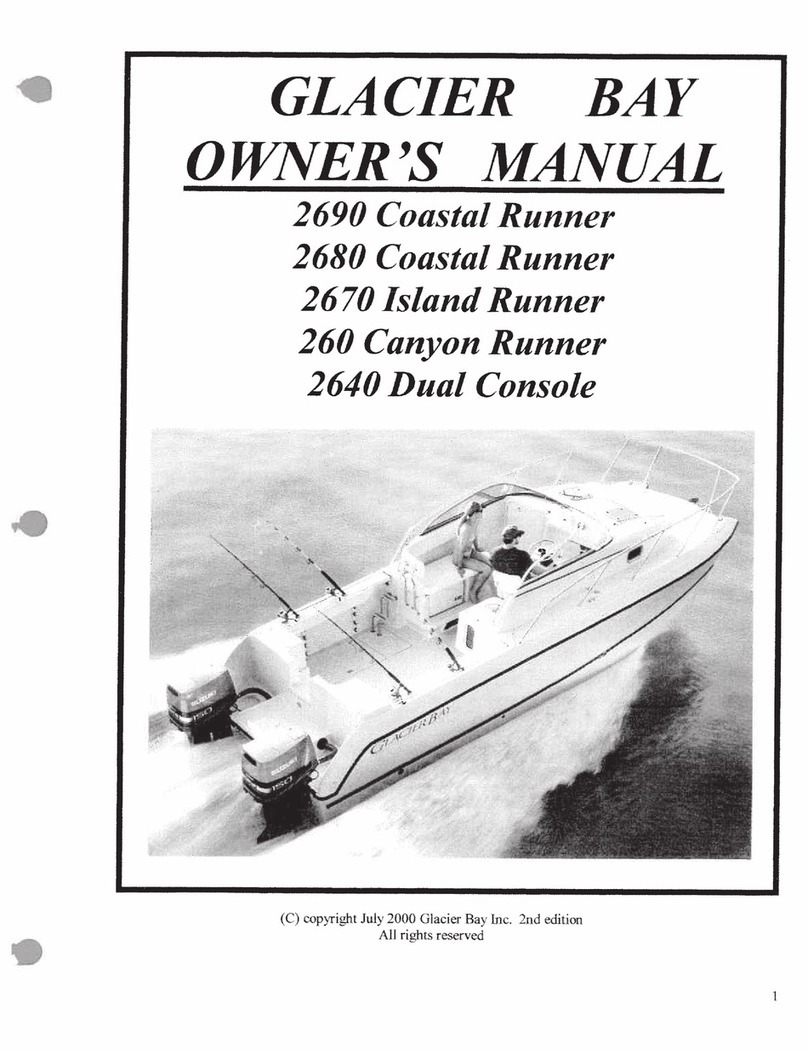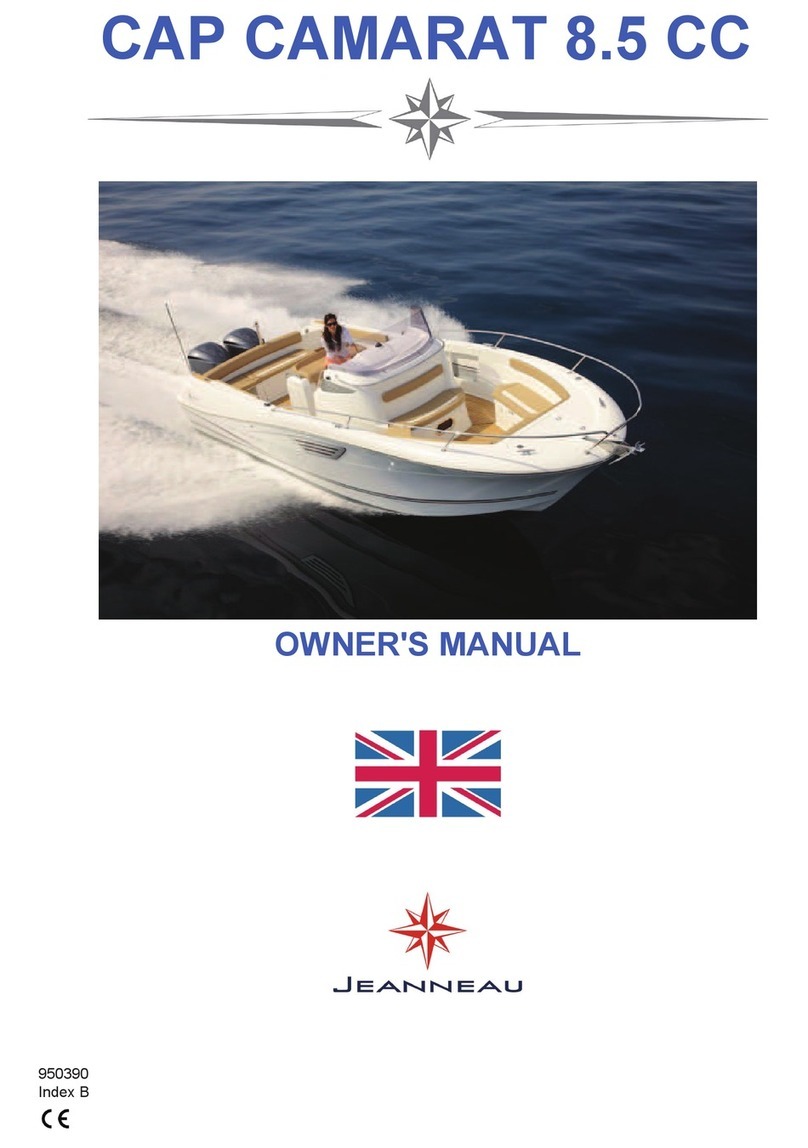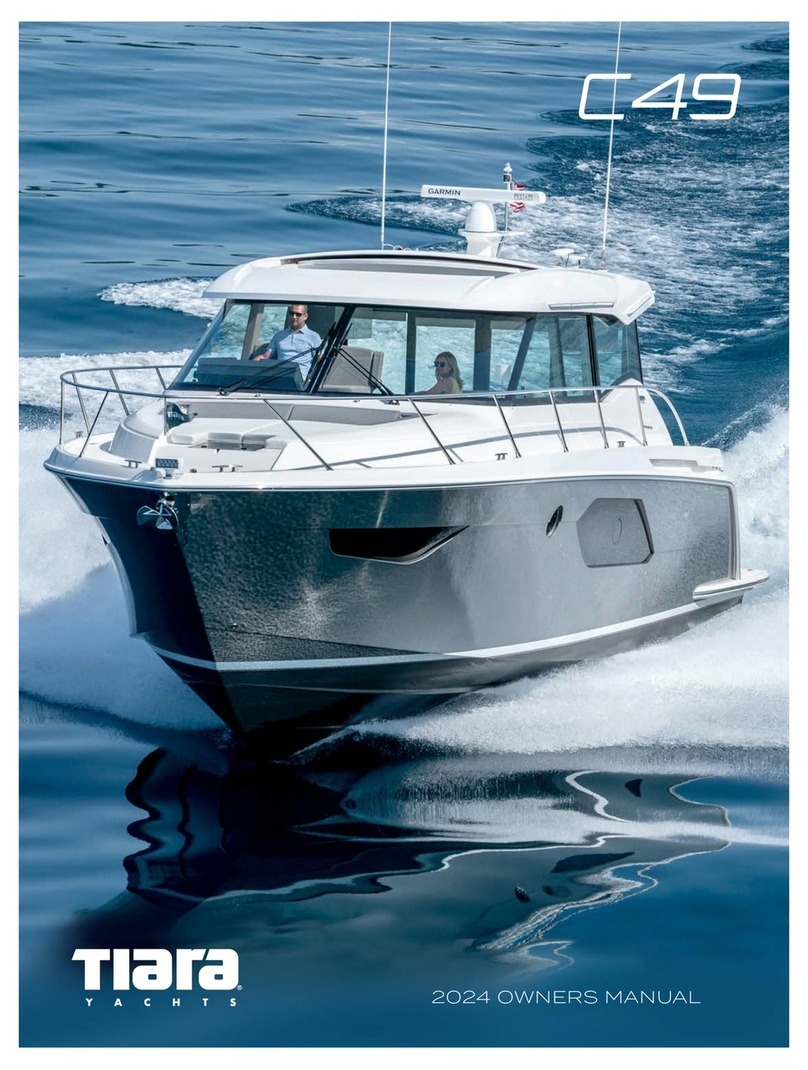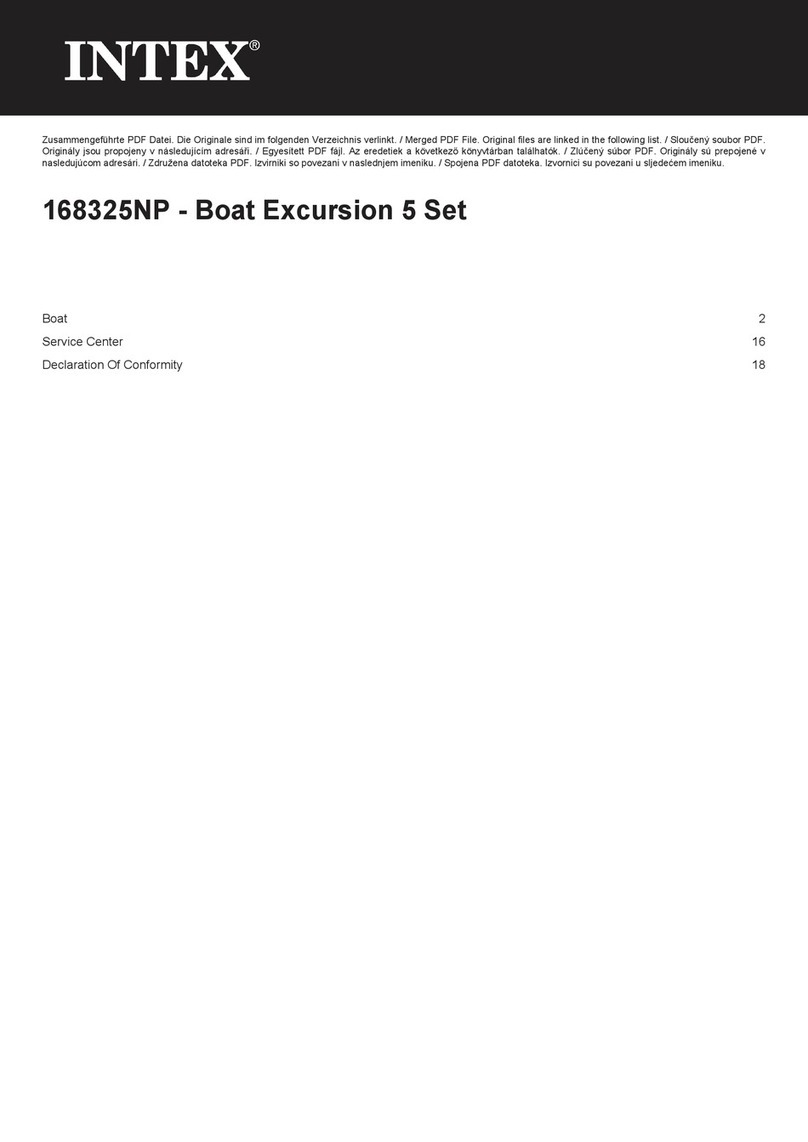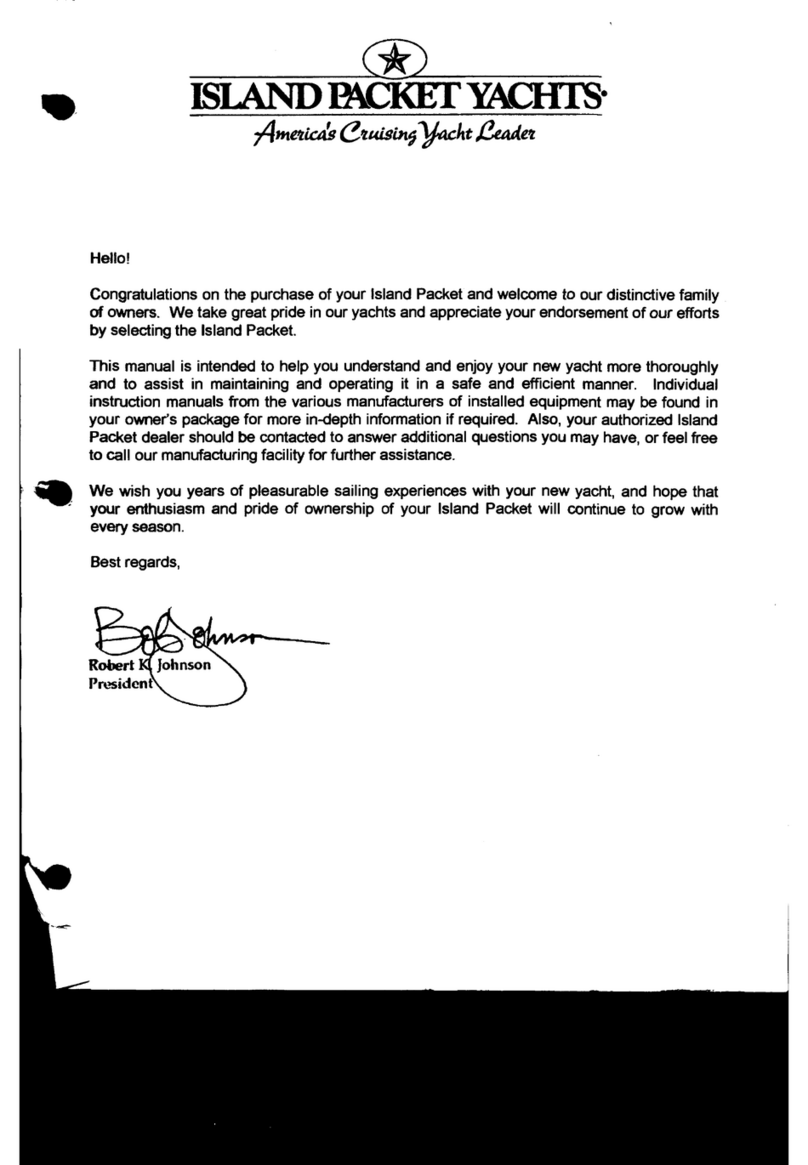
Outlets……………………………………………….
Refrigerators, Stove, Microwave……………………
Generator (Optional)………………………………...
Generator Room Ventilation………………………..
Battery Charger……………………………………...
Battery Maintenance………………………………...
Inverter & Monitor Panel (Optional).………………
Battery Monitoring Control Panel (Link Monitor)....
Operations…………………………………………..
Manage House D/C Battery Capacity………………
Activating the Power Share Feature………………..
D/C Systems………………………………………………..
12 Volt D/C………………………………………..
House Batteries…………………………………….
Start Batteries………………………………………
Battery Switches Outboard Models………………..
Outboard Battery Switch Positions………………...
Voltage Sensitive Relays…………………………..
Main Electrical Hub………………………………..
Anchor Windlass…………………………………...
Windshield Wipers & Lights…………....………….
Bilge Pumps………………………………………...
Bilge Pump Dry Test……………………………….
Bilge Pump Wet Test……………………………….
Sacrificial Anodes & Bonding System……………..
Electrical Harnesses………………………………...
Wiring Color Coding - 12VDC……………………..
Wiring Color Coding -110 Vac Shore Power……….
Main D/C Fuse……………………………………...
Electrical Connections……………………………....
Electrical System Reminders………………………..
Plumbing/Water……………………………………………..
Freshwater System…………………………………………..
Water Pump…………………………………………
City Water Hookup…………………………………
To Connect to City Water…………………………..
Water Heater………………………………………..
Other Freshwater System Tips………………………
Saltwater Systems…………………………………………...
Seawater Strainers…………………………………..
How to Clean Strainers……………………………...
Wash Down…………………………………………
Freshwater Drain Systems…………………………..
Marine Head System………………………………..
4-29
4-29
4-29
4-30
4-31
4-32
4-33
4-33
4-34
4-34
4-35
4-35
4-35
4-36
4-37
4-37
4-37
4-38
4-38
4-39
4-40
4-40
4-41
4-41
4-41
4-42
4-43
4-43
4-44
4-44
4-44
4-45
4-45
4-45
4-45
4-45
4-46
4-46
4-47
4-47
4-47
4-48
4-48
4-48






